Dr. CHAD HANSON on the Myths & Misinformation of Wildland Fires /97
Photo via NASA
In the past several days we have bore witness to three separate fires; the Camp, Woolsey, and Hill, rage across both northern and southern California. As the death toll has currently risen to fifty, hundreds remain missing, and over a quarter of a million Californians have been forced to evacuate – it is hard to think of any other words to describe this event other than disaster or tragedy. We begin this week by offering our hearts to all the people who are impacted by these fires.
Narratives of wildfire in this country have long been muddled with myth and misinformation. On November 11th, the President of the United States perpetuated this by tweeting: "There is no reason for these massive, deadly, and costly forest fires in California except that forest management is so poor…"
The truth of the matter is that there are plenty of reasons for these fires. For one, the landscape of California is prone to fire and decades of fire suppression, has only made it more so. As for the fires in Southern California, those have very little to do with forest management, as they are urban interface fires, not wildland fires. Today there are nearly 1.8 million homes in high fire risk area across the Western United States, and in the past two decades Americans have started 84% of wildfires in the United States. So we must also hold one another accountable in our carelessness and persistence.
This week Dr. Chad Hanson, a forest and fire ecologist, with the John Muir Project, joins us. Dr. Hanson is a member of the Sierra Club's National Board of Directors and he holds a Ph.D. in ecology from the University of California at Davis, with a research focus on fire ecology in conifer forest ecosystems. He is the co-editor and co-author of the 2015 book, "The Ecological Importance of Mixed-Severity Fires: Nature's Phoenix." Studies published by Dr. Hanson cover topics such as: habitat selection of rare wildlife species associated with habitat created by high-severity fire; post-fire conifer responses and adaptations; fire history; and current fire patterns.
Join us during this difficult week to learn about what happens in a post fire habitat, why fire is an ecological treasure, not a disaster, how significantly climate change will impact wildfires, and why both politicians and the United States Forest Service have a vested interest in spreading misinformation when it comes to forest management.
♫ Music is "Interlude" by Itasca.
Take Action
Call your state's U.S. Senators and Congressional Representatives at the Capital Switchboard (202-224-3121) and ask them to (1) Keep the Appropriation Bill and the Farm Bill clean – keep all logging provisions off these two bills and appose any logging riders on these bills. Specifically ask them to keep the "Forest Resilience Bill" or H.R.2936 off of the Farm Bill reauthorization. (2) Ask them to support an end to any logging on National Forests and commit publicly to saying they are in support of ending logging on National Forests.
If you live in or near a wildfire zone, learn about defensible space. (1) Keep your chimney cleaned and screened. (2) Keep your storage shed located away from your home. (3) Avoid outdoor burning. Recycle, mulch, and compost when possible. (4) Make sure your driveway is accessible and your address is visible. (5) Scatter trees within 30 feet of your housing structure. (6) Have 100 feet of garden hose attached. (7) Keep woodpile, fuel tanks, and other burnable materials 30 feet away from your housing structure. (8) Thin and prune coniferous trees. (9) Keep grass green and mowed if it is within 30 feet, keep vegetation mowed within 100 feet of your housing structure. Learn more at http://www.readyforwildfire.org/Prepare-For-Wildfire/
The John Muir Project encourages more birders, "Did you know that most logging happens during nesting season? We need birders who will fight to document bird nests and occupancy in burned forests before these areas are devastated by logging. We want to use the weapon of information about the diversity and abundance of avian species in these areas to educate the public and the Forest Service on the true biodiversity costs associated with post-fire (a.k.a. salvage) logging. Please sign up today and start helping to preserve species by making their presence known." Learn more at http://johnmuirproject.org/get-involved/
Join the John Muir Projects mailing list to stay up to date on the fight to preserve our National Forests at http://johnmuirproject.org


For The Wild is a slow media organization dedicated to land-based protection, co-liberation, and intersectional storytelling. We are rooted in a paradigm shift away from human supremacy, endless growth, and consumerism. As we dream towards a world of grounded justice and reciprocity, our work highlights impactful stories and deeply-felt meaning making as balms for these times.